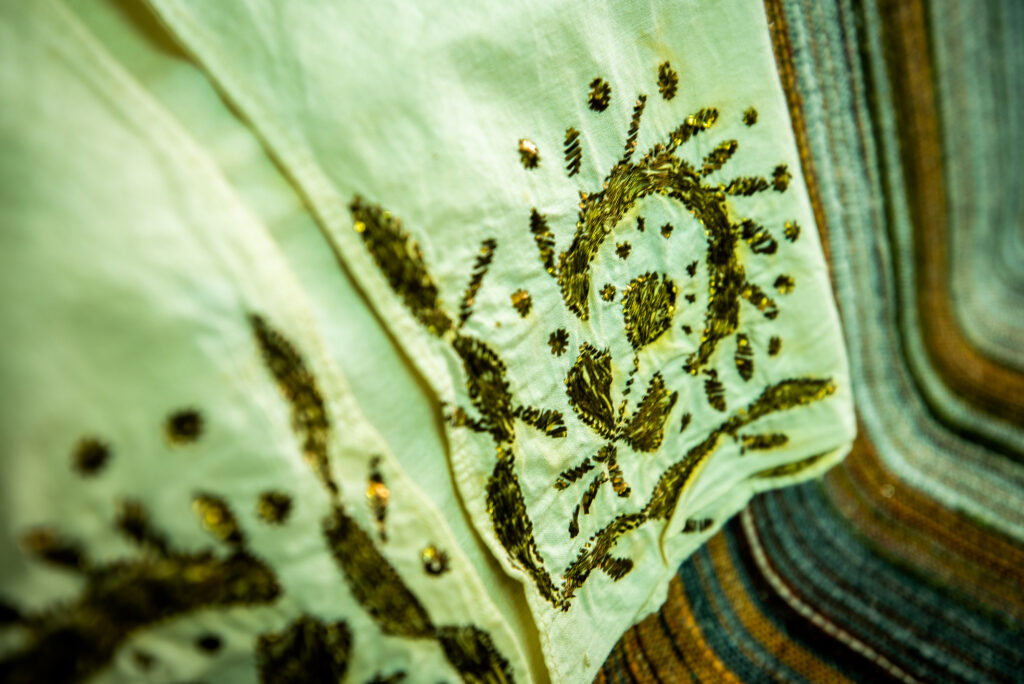
Seventy-six years later, the girls’ dowry was returned to their living descendants, fulfilling the promise made by the Yalcin family to their neighbours. Ramazan Yalcin used to say, ‘A dowry left behind should never be given away. A trousseau laden with sighs of grief cannot bring happiness to the girl who receives it.’ Ramazan never forgot his childhood friend Safie, as he called Sofia Minoglou.
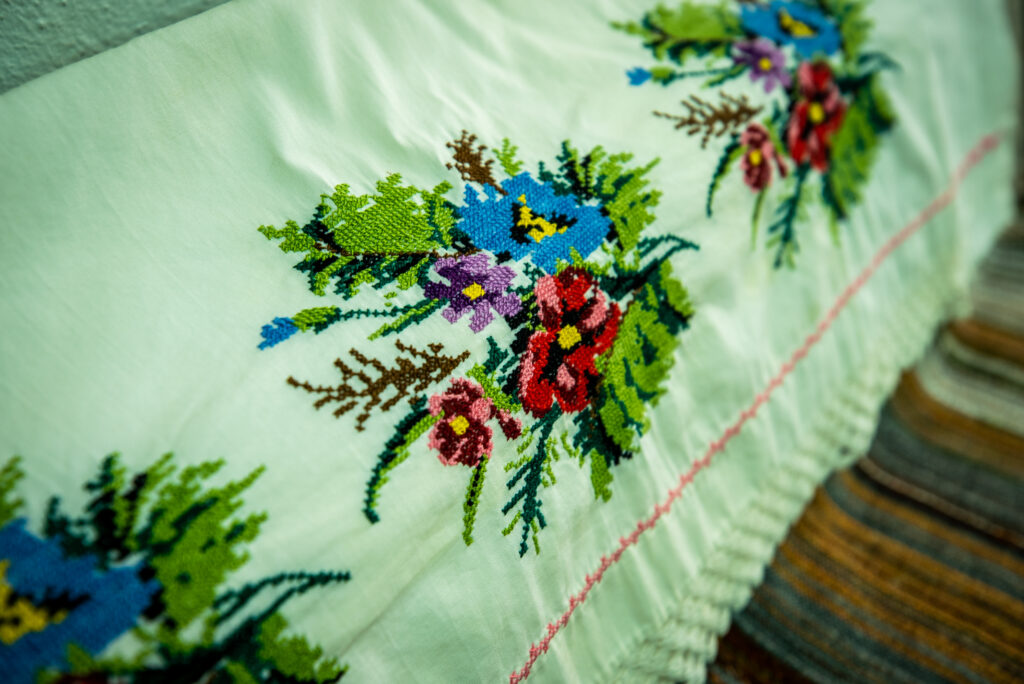
After the Turkish coup of September 1980, Kemal Yalcin, now a professor, was forced to become a refugee himself. He found himself in Germany and only managed to reunite with his parents twelve years later. He asked his father to tell him the story of the Minoglou family again and it was his father who encouraged him to write about it and to look for the family in Greece in order to deliver the trousseau which was still in a chest in the Yalcin home back in Honaz.
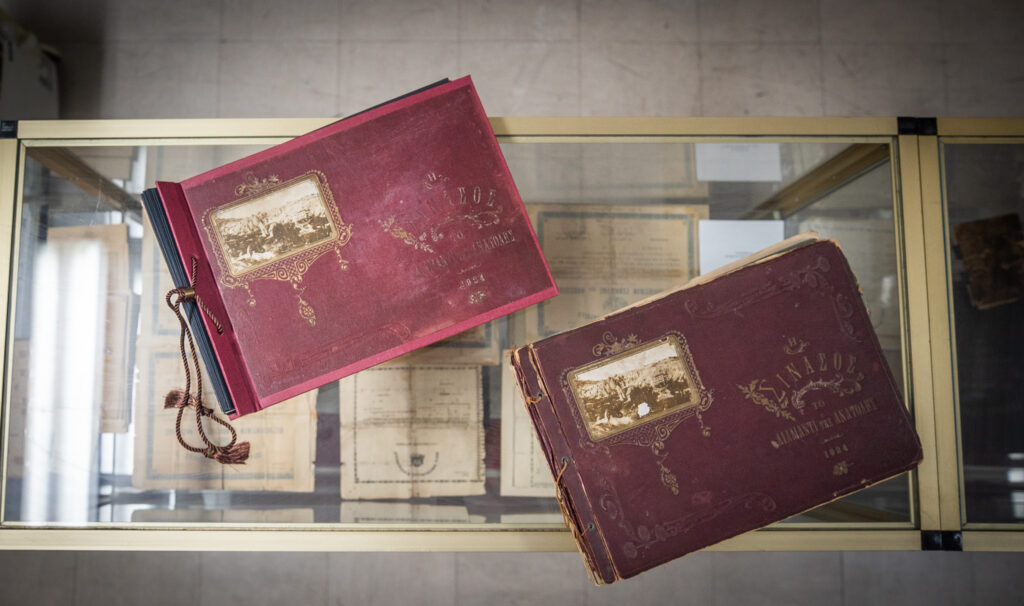
The photo album Sinasos of Cappadocia was published in Athens at the end of 1924. This album is a conscious attempt to preserve the past, i.e. the history, the traditions, and the collective memory of a community which does not exist anymore. The photographs coming from ‘there’ and the short texts written by the refugees in their new ‘here’ constitute an endeavour to reconstruct their old communal life, from its history and architecture to the local dialect and the songs they used to sing.
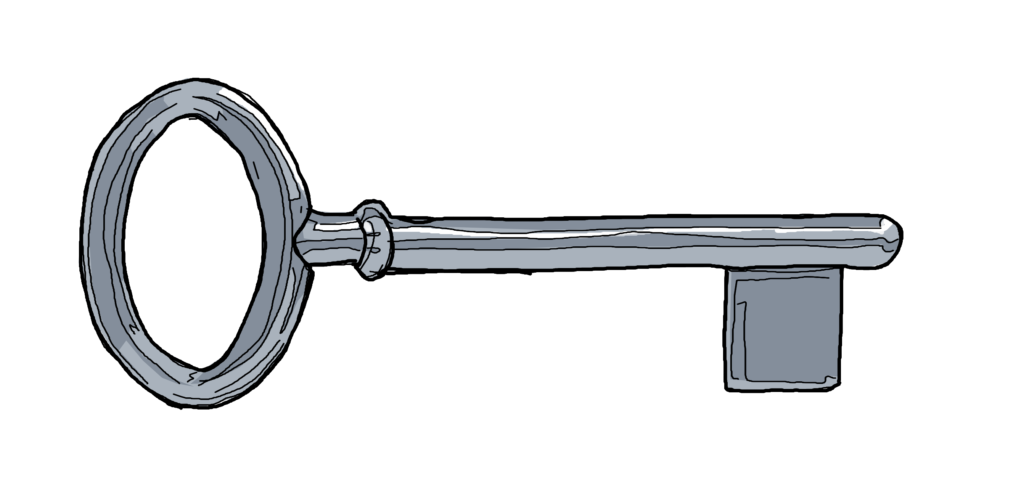
Manolis Mylonas, the son of Asia Minor refugees, was born and raised in Chania during the interwar period. His family lived in Splantzia, a major refugee neighbourhood in the heart of the city. They lived in a building with other refugees, one family per room.
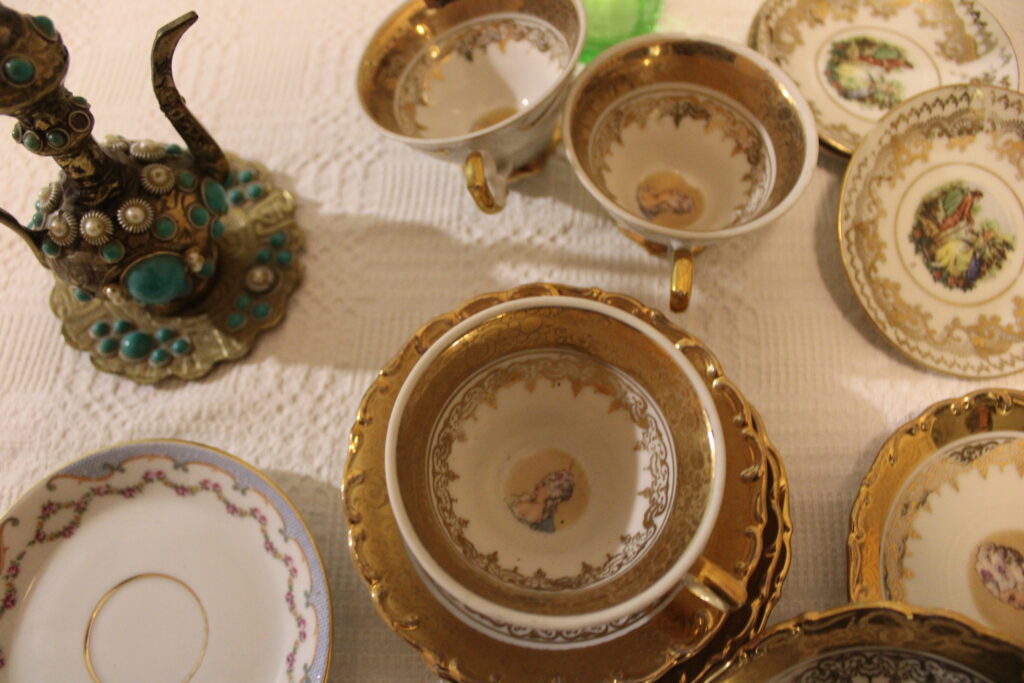
Virginia Spanoudi was born in Constantinople in 1914. Her mother, Kyriaki, worked in the house of a wealthy Greek in Peran (Beyoğlu) who helped with her daughter’s education. Virginia spoke English and French and found work as a seamstress.
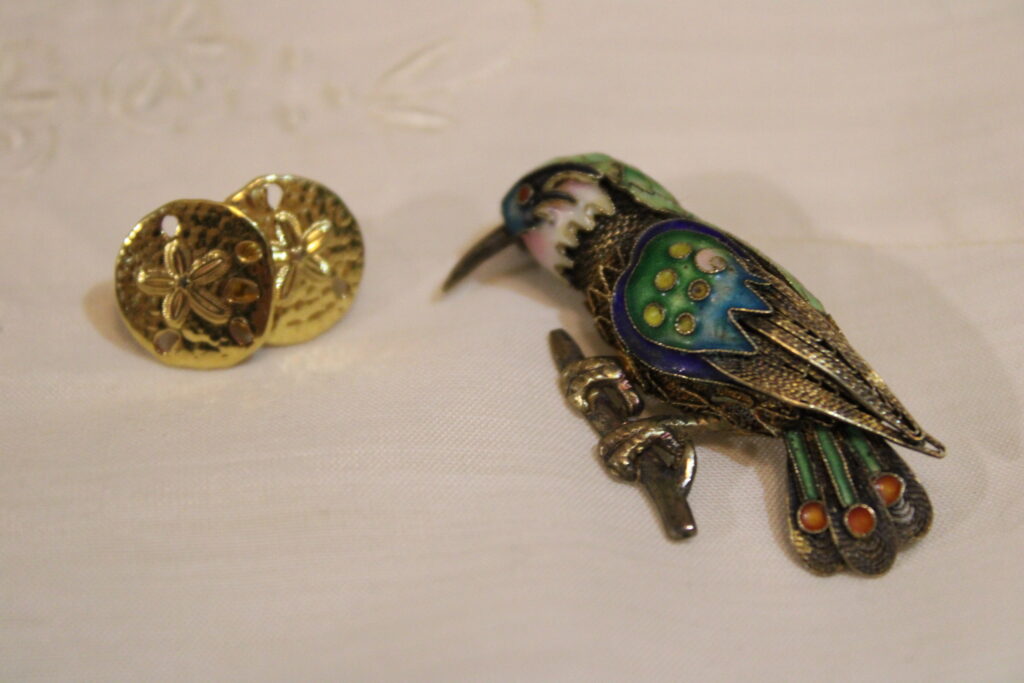
Natassa lives in Athens now. She often wears Virginia’s brooch and drinks coffee out of the coffee cups of her ‘aunt from Constantinople’ who spent the second half of her life in Thessaloniki.
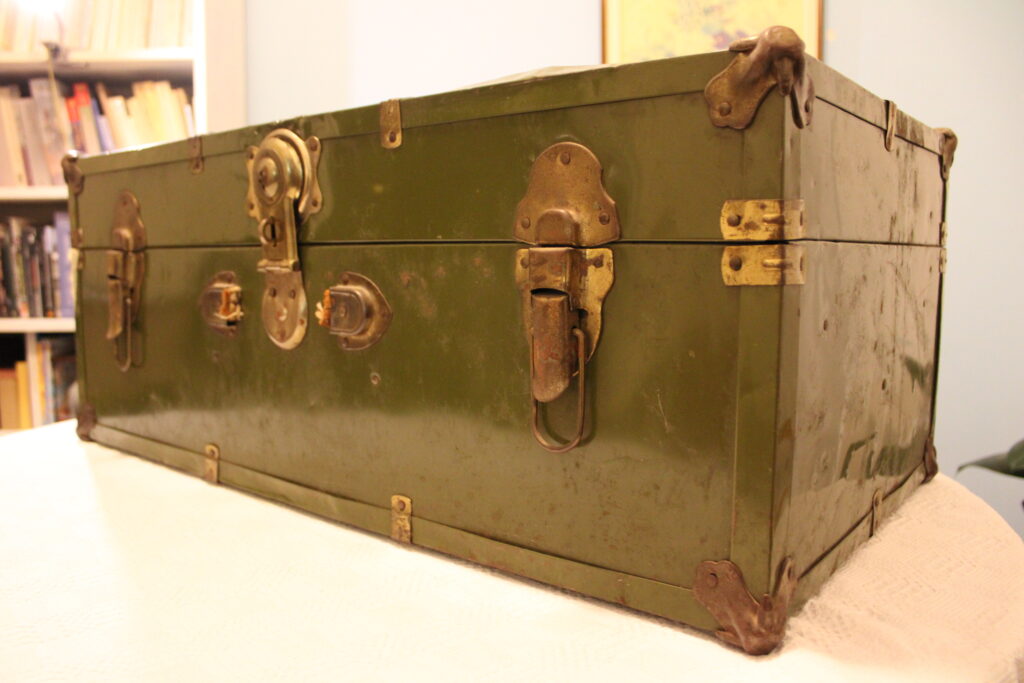
From Constantinople, Virginia Spanoudi brought whatever could fit in a green chest, including personal items, clothing, jewellery, some household items and furniture.
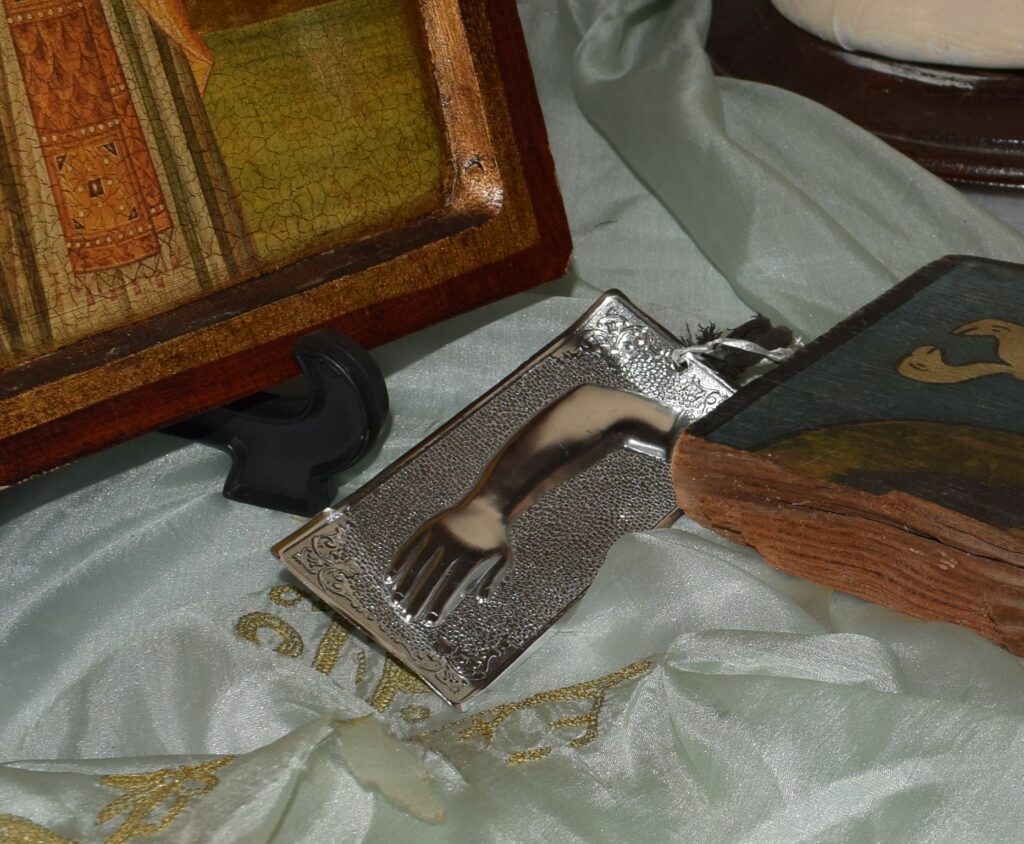
Metal plaques depicting two identical female figures holding a candle, a right arm, and a little girl are the votive offerings gracing the collection of the ‘Agios Polykarpos’ Brotherhood of Asia Minor Greeks of Chania, a collection of keepsakes donated by refugee families displaced from Asia Minor 100 years ago. The offerings depicting the female figures and the right arm appear to have come from a mould, while the one with the little girl was probably handmade.
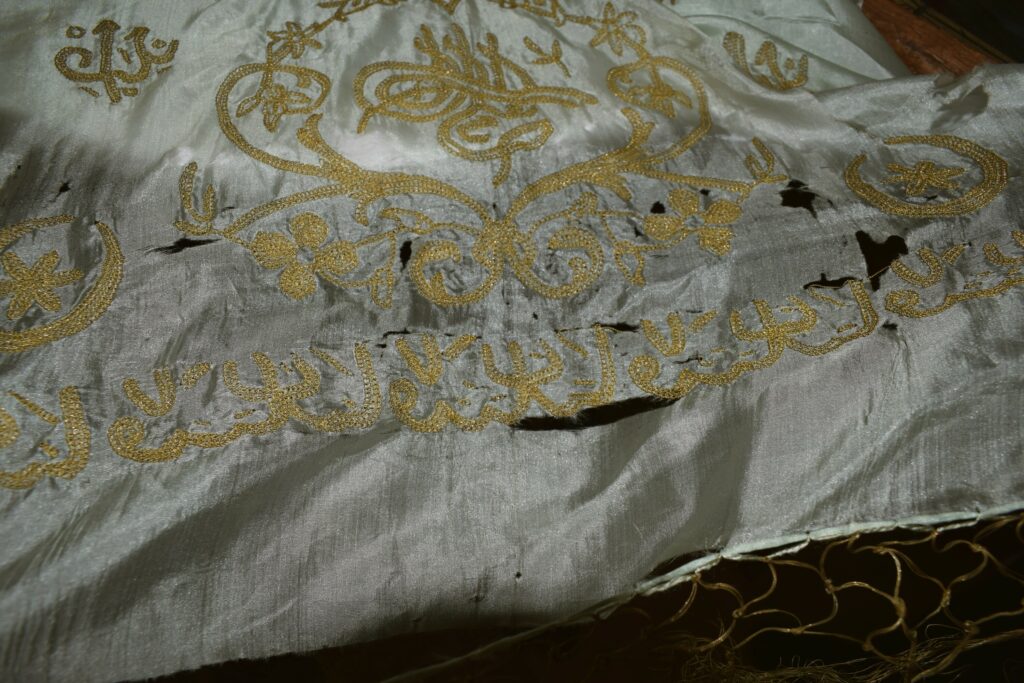
This Ottoman embroidery is not just a memento of the history of Asia Minor refugees, but also highlights the co-existence of national and religious groups on the eastern coast of the Aegean before the population exchange.
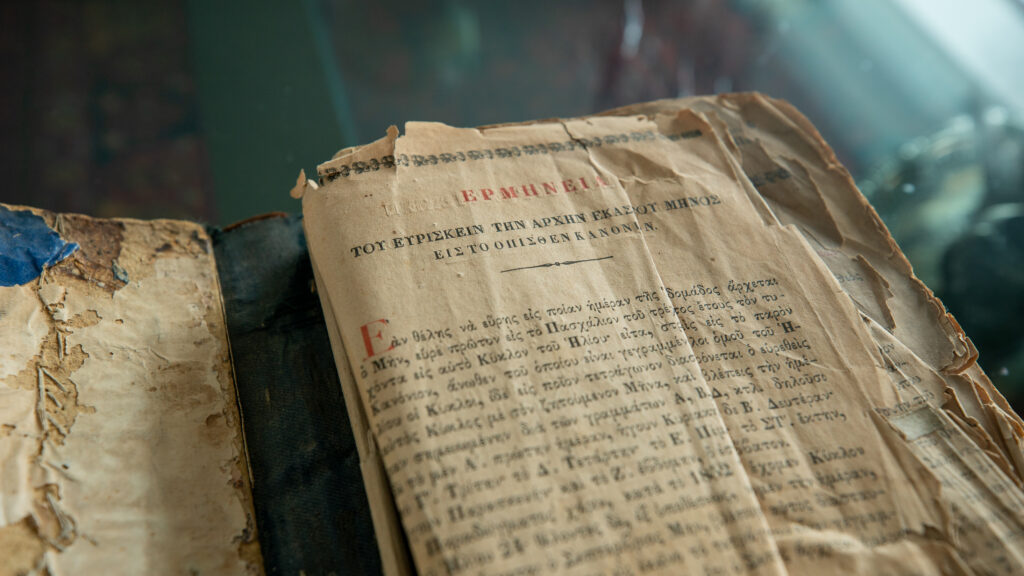
Anastasios Kalamakidis, like most Greek residents of Cappadocia, was a devout Christian. Among the few objects brought over to Greece by his family was his hymnbook.









